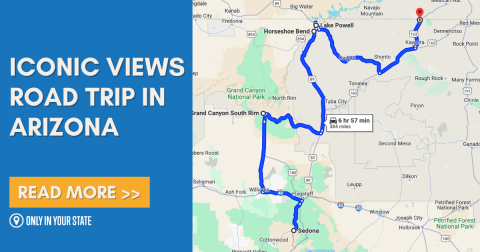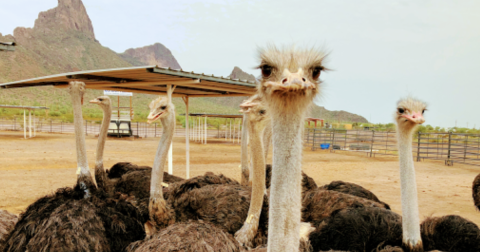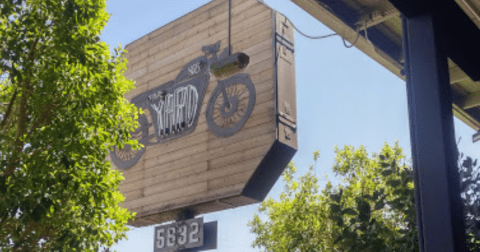This Epic Mountain In Arizona Will Drop Your Jaw
There are few natural features in Arizona that fail to impress and that includes our mountains. Beautiful, majestic, and almost always rugged, they represent strength of both the land and the people who climb them. Today we’ll take a quick look at one that is both revered and visited quite often: the San Francisco Peaks.
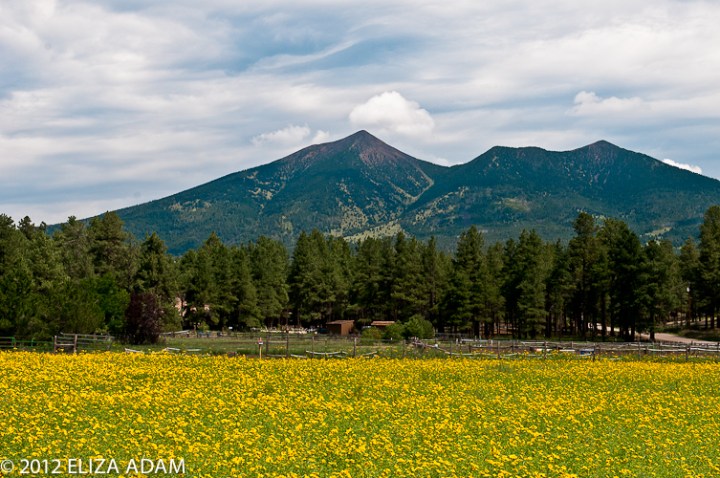
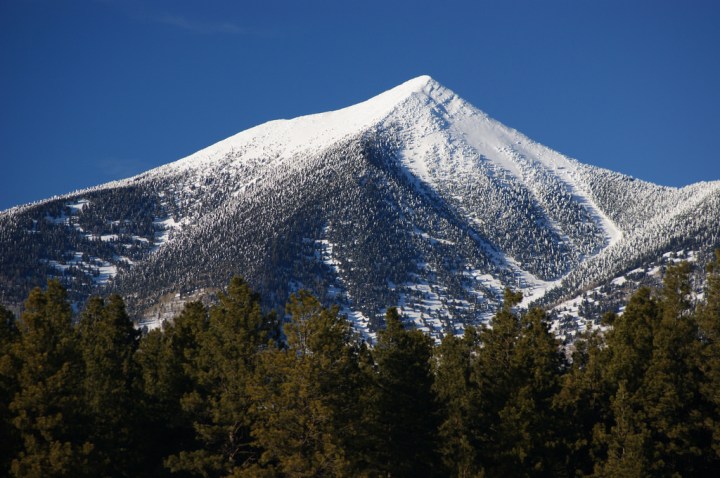
Located in northern Arizona, the San Francisco Peaks are part of a massive volcanic field and are the remains of an old stratovolcano that once stood significantly taller than it does today. There’s no need to worry about it erupting anytime soon though because it is considered extinct and last erupted between 1040 and 1100 AD.
Centuries ago, it is estimated the mountain stood at least 16,000 feet tall and looked something like Japan’s Mount Fuji, tall and steep. Scientists believe that the mountain experienced some kind of erosion approximately 200,000 years ago that decreased the size significantly. The most common explanations are a sideways eruptions that caused the mountain to "blow its top," so to speak, and a glacial erosion.
Centuries ago, it is estimated the mountain stood at least 16,000 feet tall and looked something like Japan’s Mount Fuji, tall and steep. Scientists believe that the mountain experienced some kind of erosion approximately 200,000 years ago that decreased the size significantly. The most common explanations are a sideways eruptions that caused the mountain to "blow its top," so to speak, and a glacial erosion.
Advertisement
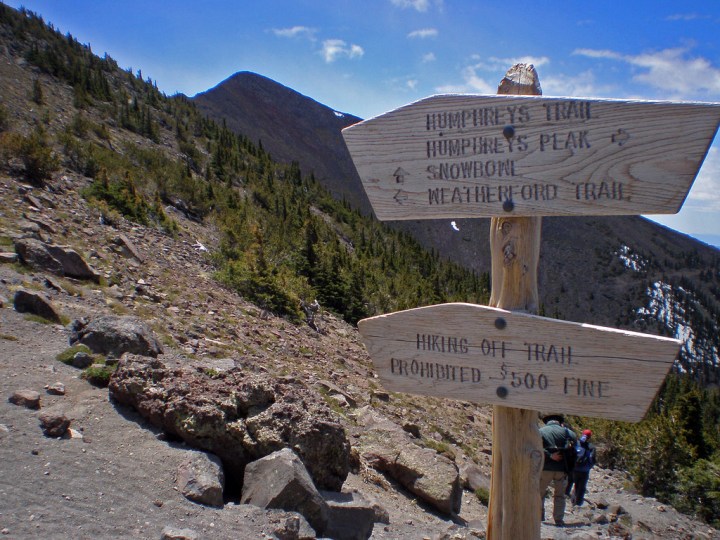
Advertisement
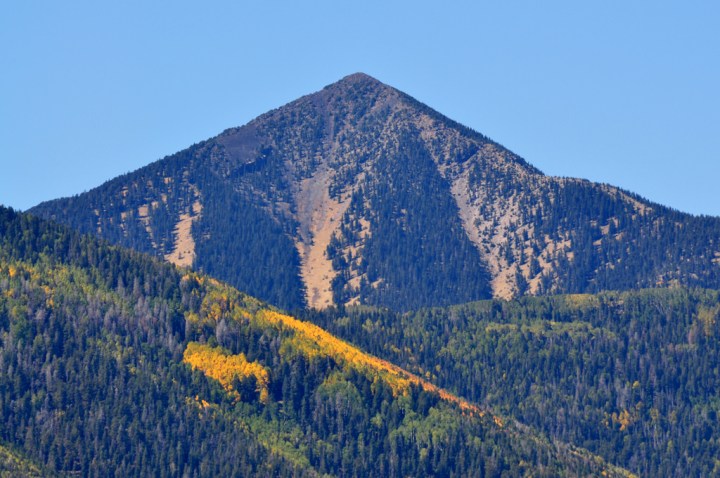
By the way, have you ever wondered why it’s called the PEAKS instead of mountain? Whatever caused the erosion led the formation of six distinct peaks: Humphrey’s, Agassiz, Fremont, Aubineau, Rees, and Doyle Peaks. The tallest of these is Humphrey’s Peak, which stands 12,633 feet tall and is the highest point in Arizona.
The Peaks also happen to be home to the only tundra environment in Arizona and is one of the southernmost in the country. This alpine tundra starts at 10,600 feet and continues all the way up to Humphrey’s Peak. This environment is very delicate and can be easily destroyed when going off trail.
The Peaks also happen to be home to the only tundra environment in Arizona and is one of the southernmost in the country. This alpine tundra starts at 10,600 feet and continues all the way up to Humphrey’s Peak. This environment is very delicate and can be easily destroyed when going off trail.
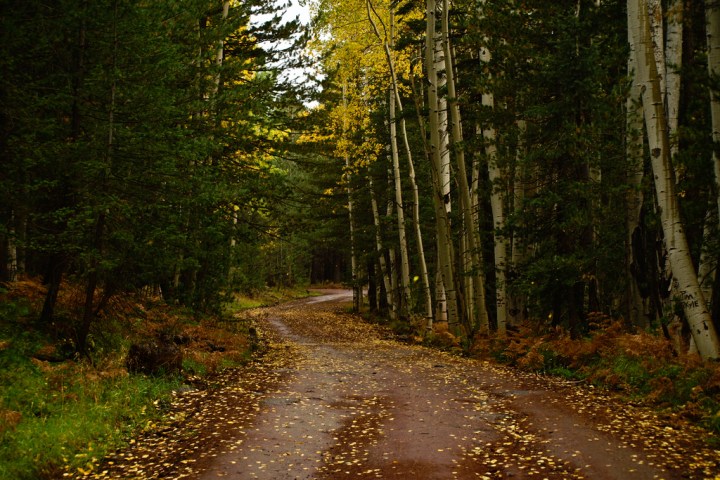
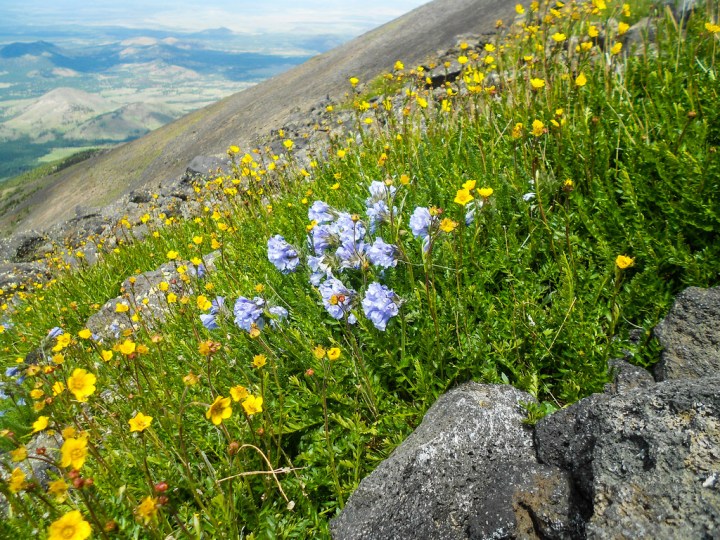
Thirteen local tribes consider the San Francisco Peaks sacred per their origin stories and an essential component in traditional lifeways. For most tribes, it is a place for prayer and a place to collect herbs to be used in ceremonies. The Hopi, for instance, say the Peaks are home to the katsina, ancestors who became clouds and return home to the mesas with rain.
Navajos call it Dookʼoʼoosłííd, a name that refers to the ever present snow at the summit (literally, "the summit that doesn’t thaw"). It is considered it a marker of the western boundary for the traditional homeland as well as the home for several of the Holy People from the creation story. It is associated with life, a place to collect medicinal herbs, and a place for prayer.
Navajos call it Dookʼoʼoosłííd, a name that refers to the ever present snow at the summit (literally, "the summit that doesn’t thaw"). It is considered it a marker of the western boundary for the traditional homeland as well as the home for several of the Holy People from the creation story. It is associated with life, a place to collect medicinal herbs, and a place for prayer.
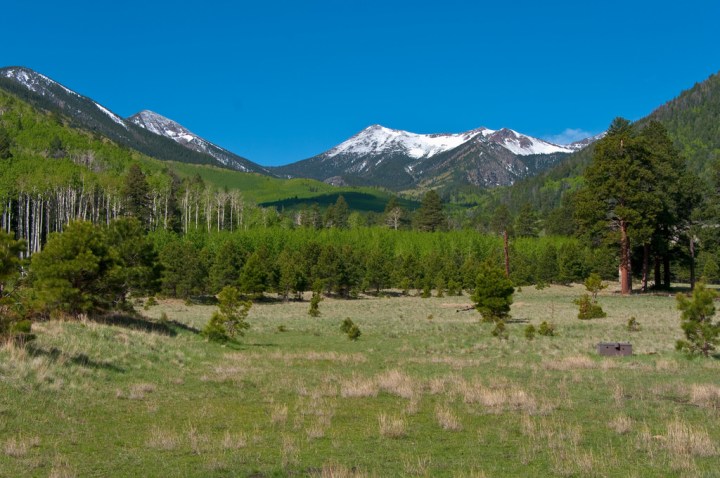
To understand a little more about how the mountain is considered sacred to local tribes, check out this short video by videographer Kent Wagner.
Hopefully you learned something new today! Have you visited the Peaks before? What is your favorite memory?
OnlyInYourState may earn compensation through affiliate links in this article. As an Amazon Associate, we earn from qualifying purchases.


